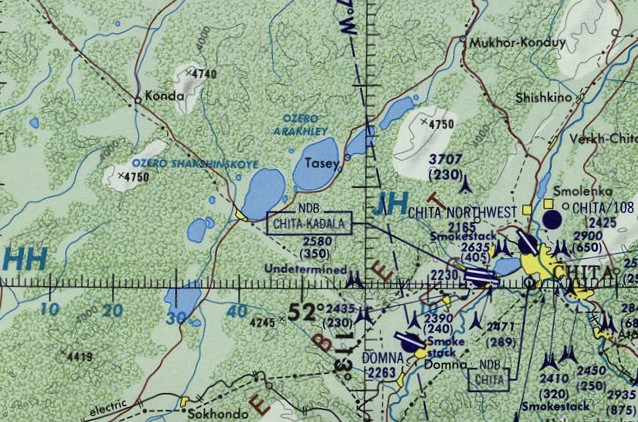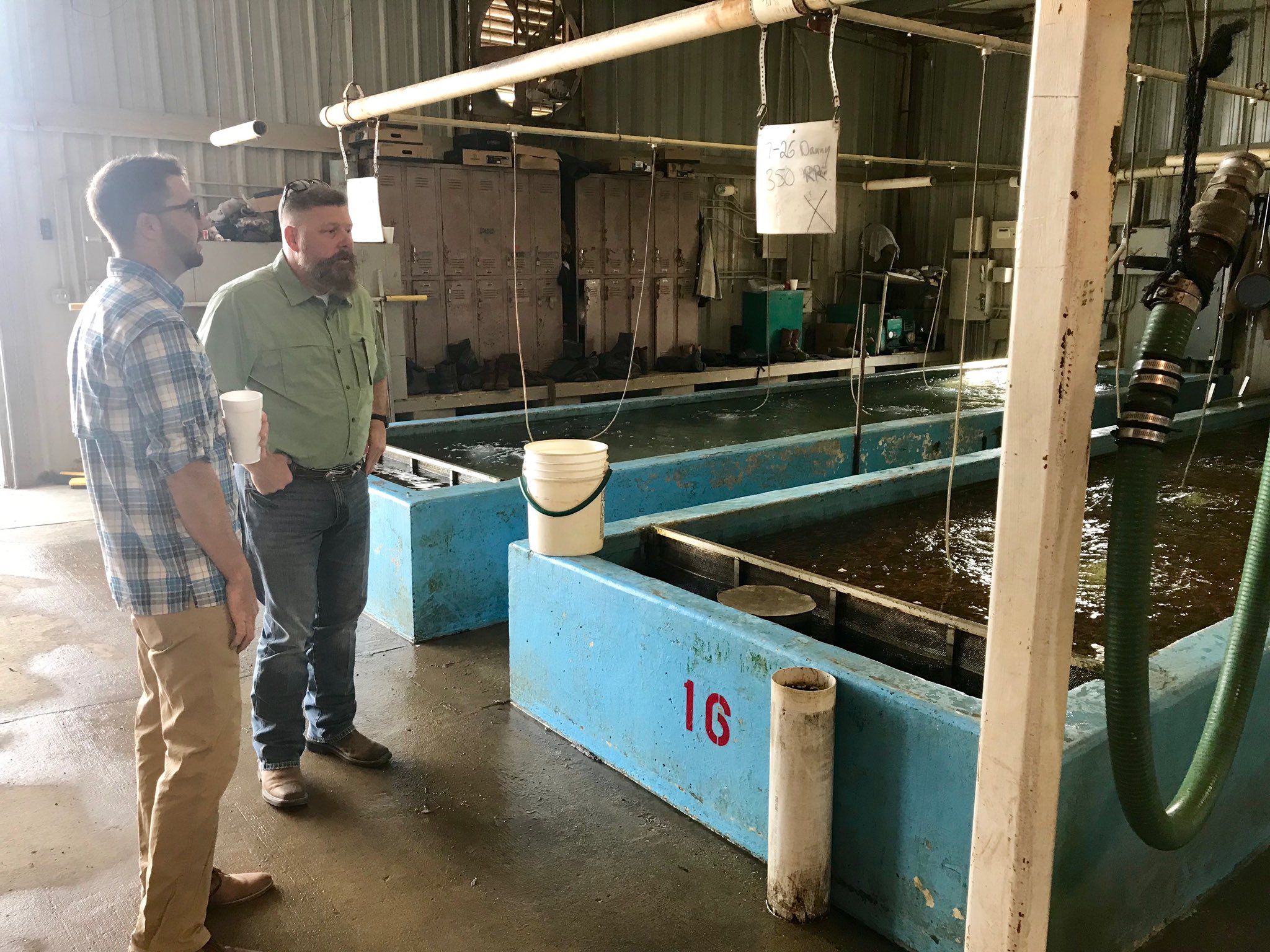|
Arakhley (lake)
Arakhley (russian: Арахле́й; bua, Арахира нуур) is a fresh water body in the Chita District, Zabaykalsky Krai, Russia. It is the 208th lake in Russia in water surface. The villages of Arakhley and Preobrazhenka are located near the lakeshore. Arakhley is a locally well-known tourist destination and there are a number of resorts by the lake. Lake Arakhley is located within the Ivano-Arakhley State Natural Landscape Reserve, a protected area of regional significance created in 1995, covering an area of . Geography Arakhley lake has a roughly oval shape. It is located in the Beklemishev Depression, at the southeastern end of the Vitim Plateau, west of Chita, Zabaykalsky Krai and lake Kenon. It is separated from neighboring Lake Shaksha by a low, wide landspit. It is part of the Ivan-Arakhley Lake System (russian: Ивано-Арахлейские озёра), which includes 6 large lakes and about 20 smaller ones. Arakhley is the largest of the group and it i ... [...More Info...] [...Related Items...] OR: [Wikipedia] [Google] [Baidu] |
Vitim Plateau
Vitim Plateau is a plateau in Buryatia and Zabaykalsky Krai, Russia. The plateau is sparsely populated, the main settlements are Romanovka and Bagdarin. An area of the plateau is an ancient volcanic field with a number of cinder cones and volcanoes, the last of which was active about 810,000 years before present. The P436 regional road connecting Ulan-Ude and Chita passes through Romanovka across the plateau. Geography The Vitim Plateau lies along the headwaters of the Vitim River, a tributary of the Lena between the Southern Muya Range to the north, the Ikat Range to the west, the Yablonoi Mountains to the south, and in the east with the lower reaches of the Kalakan River to the right bank of the lower reaches of the Karenga River (both Vitim tributaries) and the latter's right tributary, the Bugarikta. The Vitim River begins at the confluence of the China and Vitimkan rivers on the plateau and makes a wide bend around the volcanic zone before flowing northwards. Rive ... [...More Info...] [...Related Items...] OR: [Wikipedia] [Google] [Baidu] |
Selenga
The Selenga or Selenge ( ; bua, Сэлэнгэ гол / Сэлэнгэ мүрэн, translit=Selenge gol / Selenge müren; russian: Селенга́, ) is a major river in Mongolia and Buryatia, Russia. Originating from its headwater tributaries, the Ider and the Delger mörön, it flows for before draining into Lake Baikal. The Selenga therefore makes up the most distant headwaters of the Yenisey-Angara river system. Carrying of water into Lake Baikal, it makes up almost half of the riverine inflow into the lake, and forms a wide delta of when it reaches the lake. Periodic annual floods are a feature of the Selenga River. The floods can be classified as “ordinary”, “large” or “catastrophic” based on the degree of impact. Of the twenty-six documented floods that occurred between 1730 and 1900, three were “catastrophic”. The three “catastrophic” floods were the floods of 1830, 1869 and 1897. The Selenga River basin is a semi-arid region that is in area. ... [...More Info...] [...Related Items...] OR: [Wikipedia] [Google] [Baidu] |
Crucian Carp
The crucian carp (''Carassius carassius'') is a medium-sized member of the common carp family Cyprinidae. It occurs widely in northern European regions. Its name derives from the Low German ''karusse'' or ''karutze'', possibly from Medieval Latin ''coracinus'' (a kind of river fish). Distribution The crucian carp is a widely distributed European species, its range spanning from England to Russia; it is found as far north as the Arctic Circle in the Scandinavian countries, and as far south as central France and the region of the Black Sea. Its habitat includes lakes, ponds, and slow-moving rivers. It has been established that the fish is native to England and not introduced. The crucian carp is a medium-sized cyprinid, typically in body length, and rarely exceeds in weight over , but a maximum total length of has been reported for a male,Koli, L. 1990 Suomen kalat. ishes of Finland Werner Söderström Osakeyhtiö. Helsinki. 357 p. (in Finnish). Fishbase Ref. 6114 and the hea ... [...More Info...] [...Related Items...] OR: [Wikipedia] [Google] [Baidu] |
Minnow
Minnow is the common name for a number of species of small freshwater fish, belonging to several genera of the families Cyprinidae and Leuciscidae. They are also known in Ireland as pinkeens. Smaller fish in the subfamily Leusciscidae are considered by anglers to be "true" minnows. Types of minnows Bluntnose minnow (''Pimephales notatus''): The bluntnose minnow is a primary bait fish for Northern America, and has a very high tolerance for variable water qualities, which helps its distribution throughout many regions. The snout of the bluntnose minnow overhangs the mouth, giving it the bluntnose. There is a dark lateral line which stretches from the opercle to the base of the tail, where a large black spot is located. The average size of the adult is approximately 5 cm (2 in). 'Pimephales'' Common shiner (''Notropis cornutus)'': These fish are one of the most common type of bait fish and are almost exclusively stream dwellers. The common shiner can be identified b ... [...More Info...] [...Related Items...] OR: [Wikipedia] [Google] [Baidu] |
Bulus
Bulus (russian: Булус; sah, Булуус, ''Buluus'') is a rural locality (a '' selo''), the only inhabited locality, and the administrative center An administrative center is a seat of regional administration or local government, or a county town, or the place where the central administration of a commune A commune is an alternative term for an intentional community. Commune or comună or ... of Tyubinsky Rural Okrug of Namsky District in the Sakha Republic, Russia, located from Namtsy, the administrative center of the district.''Registry of the Administrative-Territorial Divisions of the Sakha Republic'' Its population as of the Russian Census (2010), 2010 Census was 408,Sakha Republic Territorial Branch of the Russian Federal State Statistics Service, Federal State Statistics Service. Results of the 2010 All-Russian CensusЧисленность населения по районам, городским и сельским населённым пунктам ('' ... [...More Info...] [...Related Items...] OR: [Wikipedia] [Google] [Baidu] |
Esox
''Esox'' is a genus of freshwater fish commonly known as pike or pickerel. It is the type genus of the family Esocidae. The type species of the genus is ''Esox lucius'', the northern pike. ''Esox'' has been present in Laurentia (which later became North America) and Eurasia since the Paleocene. Modern large pike species are native to the Palearctic and Nearctic realms, ranging across Northern America and from Western Europe to Siberia in North Asia. Pikes have the elongated, torpedo-like shape typical of predatory fishes, with sharply pointed heads and sharp teeth. Their coloration is typically grey-green with a mottled or spotted appearance with stripes along their backs, providing camouflage among underwater weeds, and each individual pike marking patterns are unique like fingerprints. Pikes can grow to a maximum recorded length of , reaching a maximum recorded weight of . Etymology The generic name ''Esox'' (pike fish) derives from the Greek ἴσοξ (''ee-soks'', a ... [...More Info...] [...Related Items...] OR: [Wikipedia] [Google] [Baidu] |
Leuciscus
''Leuciscus'' is a genus of fish belonging to the family Cyprinidae. They are inland water fishes commonly called Eurasian daces. The genus is widespread from Europe to Siberia. Species broadly distributed in Europe include the common dace ''Leuciscus leuciscus'' and the ide ''L. idus''. The European chubs were formerly also included in ''Leuciscus'', but they are now usually separated in another genus, ''Squalius'' (e.g. the chub, ''Squalius cephalus''). The delimitation of ''Leuciscus'' and ''Squalius'' is not completely resolved; some species have been moved from one genus to the other only in recent years. The genera ''Petroleuciscus'' and '' Telestes'' have also been split off from ''Leuciscus'' recently; for the latter the same holds true as for ''Squalius'' regarding the unclear delimitations. Species Currently, 19 recognized species are in this genus: * ''Leuciscus aspius'' (Linnaeus, 1758) (asp) * ''Leuciscus baicalensis'' ( Dybowski, 1874) (Siberian dace) * ''Leuc ... [...More Info...] [...Related Items...] OR: [Wikipedia] [Google] [Baidu] |
Perch
Perch is a common name for fish of the genus ''Perca'', freshwater gamefish belonging to the family Percidae. The perch, of which three species occur in different geographical areas, lend their name to a large order of vertebrates: the Perciformes, from the el, πέρκη (), simply meaning perch, and the Latin ''forma'' meaning shape. Many species of freshwater gamefish more or less resemble perch, but belong to different genera. In fact, the exclusively saltwater-dwelling red drum is often referred to as a red perch, though by definition perch are freshwater fish. Though many fish are referred to as perch as a common name, to be considered a true perch, the fish must be of the family Percidae. The type species for this genus is the European perch, ''P. fluviatilis''. Species Most authorities recognize three species within the perch genus: * The European perch (''P. fluviatilis'') is primarily found in Europe, but a few can also be found in South Africa, and even as far ea ... [...More Info...] [...Related Items...] OR: [Wikipedia] [Google] [Baidu] |
Meadow
A meadow ( ) is an open habitat, or field, vegetated by grasses, herbs, and other non-woody plants. Trees or shrubs may sparsely populate meadows, as long as these areas maintain an open character. Meadows may be naturally occurring or artificially created from cleared shrub or woodland. They can occur naturally under favourable conditions (see perpetual meadows), but they are often maintained by humans for the production of hay, fodder, or livestock. Meadow habitats, as a group, are characterized as "semi-natural grasslands", meaning that they are largely composed of species native to the region, with only limited human intervention. Meadows attract a multitude of wildlife, and support flora and fauna that could not thrive in other habitats. They are ecologically important as they provide areas for animal courtship displays, nesting, food gathering, pollinating insects, and sometimes sheltering, if the vegetation is high enough. There are multiple types of meadows, in ... [...More Info...] [...Related Items...] OR: [Wikipedia] [Google] [Baidu] |
Forest Steppe
A forest steppe is a temperate-climate ecotone and habitat type composed of grassland interspersed with areas of woodland or forest. Locations Forest steppe primarily occurs in a belt of forest steppes across northern Eurasia from the eastern lowlands of Europe to eastern Siberia in northeast Asia. It forms transition ecoregions between the temperate grasslands and temperate broadleaf and mixed forests biomes. Much of Russia belongs to the forest steppe zone, stretches from Central Russia, across Volga, Ural, Siberian and Far East Russia. In upper North America another example of the forest steppe ecotone is the aspen parkland, in the central Prairie Provinces, northeastern British Columbia, North Dakota, and Minnesota. It is the transition ecoregion from the Great Plains prairie and steppe temperate grasslands to the Taiga biome forests in the north. In central Asia the forest steppe ecotone is found in ecoregions in the mountains of the Iranian Plateau, in Iran, Afghanistan ... [...More Info...] [...Related Items...] OR: [Wikipedia] [Google] [Baidu] |





.png)

